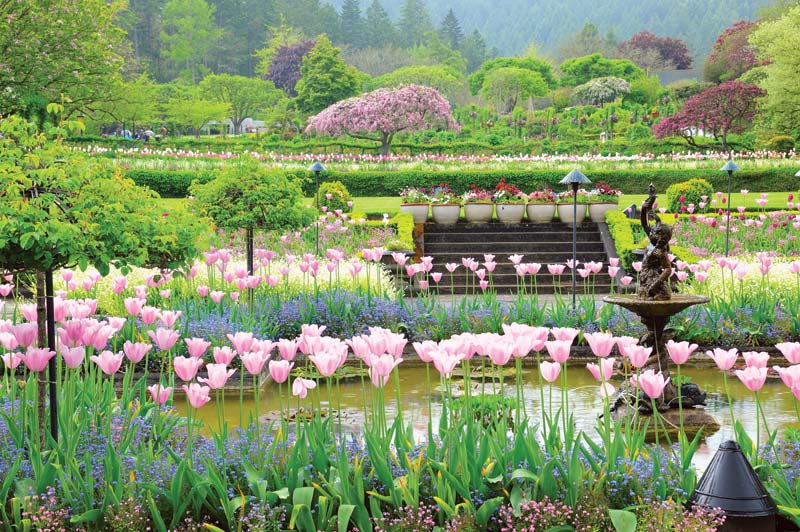The Basics of How to Grow a Plant Garden
Outdoor activities have a lot of benefits that are attached to them. They can help to keep the body active and in good condition. They also provide us with the opportunity to have a close interaction with nature and our immediate environment. One of these outdoor activities that help in this regard is gardening.
It is a good idea to have a garden in your compound if you have the space for it. Yes, gardening does get your hands dirty, but there’s so much to benefit from those soiled hands. You will have fun choosing the type of plant you want and then watch it grow as you tend to it. Knowing how to grow a plant in a garden is quite easy and straightforward.
Therefore, in this article, we are going to give you a few easy-to-follow steps on how to grow your plant in a garden. However, the first thing you need is to have a good gardener’s resource that will cater to all your gardening needs. This is important to ensure that you have what is required to grow your plants well.
Steps on How to Grow Plants in a Garden

Starting a garden in your backyard is not a difficult task. You only need a few instructions on what to do, and the rest is quite easy. Here are some steps to take:
What to Plant
The first step in planting is choosing what to plant. Some plants are good for gardening, while some are not. You can choose to go for vegetables, herbs, or flowers. You can also decide to go for a combination of either of them.
Choose a Location
When choosing the part of the yard to use, you need to put the needs of your plant into consideration. Your crops need to be exposed to adequate sunlight wherever you decide to use. There should be 6-7 hours of exposure to sunlight on the plants daily. Also, ensure that the crops are not obstructing easy movement in the compound as this may expose them to destruction when stepped on by humans.
Prepare the Land
The next step is to get the land ready for the plants. Clear the land of any debris that might inhibit the growth of the plants. Rid the soil of sod that may be on it. You can reserve the sod to decompose for use on the soil at a later date. Mix the soil with compost and leave it for some time before planting the vegetables or flowers.
If you need help on how to make compost for your garden, you can check out this article.
Loosen the Soil
It is possible that the ground on which you chose to plant may have hardened due to human and machinery traffic. It is against this backdrop that you need to till the soil to loosen the earth and make it easier for the roots of the plant to grow in a way that it has access to nutrients.
Pick up Your Plants
It is possible that you chose the type of crops you want to plant even before you started the garden. However, whether you chose veggies, herbs, flowers, or a combination, you need to select the particular type that is suitable for your climate and the season. You can surf the internet for that, or visit a garden center for advice. You also need to consider the lifespan of the plant you are choosing. If you need help on choosing plants for your garden, you can check here: https://www.realhomes.com/advice/how-to-choose-plants-for-your-garden.
Start Planting
When it is time to start planting the crops, make sure you have good information on how to plant the crop you selected. Some are planted as seeds, while some are bought as young plants called transplants, or sets. Most times, it is better to buy the transplants because they will grow faster and have less risk of dying off.
Watering Your Garden
Once your garden has been planted, it is time to start watering them. It is important to know when to water them. When the seeds are still in the soil, you need to water them regularly. Watering them at least once a day should be enough, and the same goes for the transplants. However, when they are grown, the watering has to depend on the condition of the soil, and the need of the plant.
Mulch Your Garden
To keep weeds away from your garden and retain water in the soil, you need to mulch the soil. It is better to use materials that can decompose to do the mulching. This way, you will be enriching the soil with nutrients when they decompose.
Conclusion
Having a garden in your compound is a great way of farming with your family and it comes with a level of satisfaction since it’s close to your home. If the plants are properly taken care of, they can make your compound look nice. Your garden can also be a source of food if you decide to make it one. Be sure to also check out expert tree service Austin for garden care.



